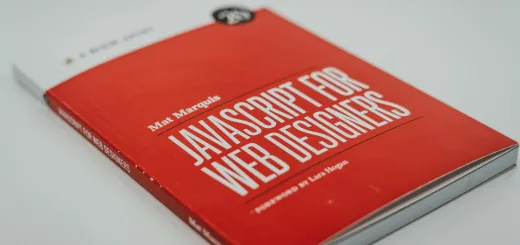Ruby on Rails for Beginners: Your First 30 Minutes

Embarking on learning Ruby on Rails can be exhilarating and a bit daunting. Ruby on Rails, often simply called Rails, is a powerful web application framework that’s optimized for programmer happiness and sustainable productivity. It lets you write beautiful code by favoring convention over configuration. This guide is designed to get beginners up and running with Rails within the first 30 minutes, providing a quick introduction to the essentials of setting up and creating a simple web application.
What is Ruby on Rails?
Ruby on Rails is an open-source web framework written in Ruby that follows the Model-View-Controller (MVC) architecture. It is known for its simplicity and speed in building complex web applications. Rails is a full-stack framework that includes everything needed to create database-backed web applications according to the Model-View-Controller pattern.
Setting Up Ruby on Rails
- Install Ruby: Rails is a Ruby gem, so you first need to install Ruby. The easiest way to install Ruby and set up your development environment is by using a version manager such as rbenv or RVM.
- Install Rails: Once Ruby is installed, you can install Rails via the gem command:
gem install rails - Set Up Your Development Environment: Install a code editor suitable for Ruby on Rails development such as Visual Studio Code or Sublime Text. You also need to install Node.js and Yarn to manage your application’s JavaScript.
Creating Your First Rails Application
- Generate a New Rails Project:
- Open your terminal or command prompt.
- Run the following command to create a new Rails application:
rails new my_first_app - This command creates a new folder called
my_first_appwith all the necessary files and folders for your Rails application.
- Navigate Into Your Application:
- Change into the directory of your new application:
cd my_first_app
- Change into the directory of your new application:
- Start the Rails Server:
- You can start the Rails server by running:
rails server - This will start a Puma web server and make your application accessible via
http://localhost:3000in your web browser.
- You can start the Rails server by running:
Explore the Rails Application Structure
- The
app/Directory: Contains the controllers, models, views, helpers, mailers, and assets for your application. - The
config/Directory: Contains configuration files for your Rails application, including the route definitions. - The
db/Directory: Contains your database schema files and migrations.
Create a Simple Resource
- Generate a Scaffold:
- Rails scaffolding is a quick way to generate some of the major pieces of an application. If you want to create a simple resource (for example, articles), you can use:
rails generate scaffold Article title:string body:text - This command generates a model, database migration for that model, controller to handle the standard RESTful actions, and views for each of these actions.
- Rails scaffolding is a quick way to generate some of the major pieces of an application. If you want to create a simple resource (for example, articles), you can use:
- Run Migrations:
- Apply the generated migration to your database:
rails db:migrate
- Apply the generated migration to your database:
- Visit Your New Resource:
- Go to
http://localhost:3000/articlesto see the index page for your articles.
- Go to
Conclusion
In just 30 minutes, you’ve installed Ruby on Rails, set up your application, and even created your first simple resource. Rails is incredibly rich in features, and this guide only scratches the surface.


